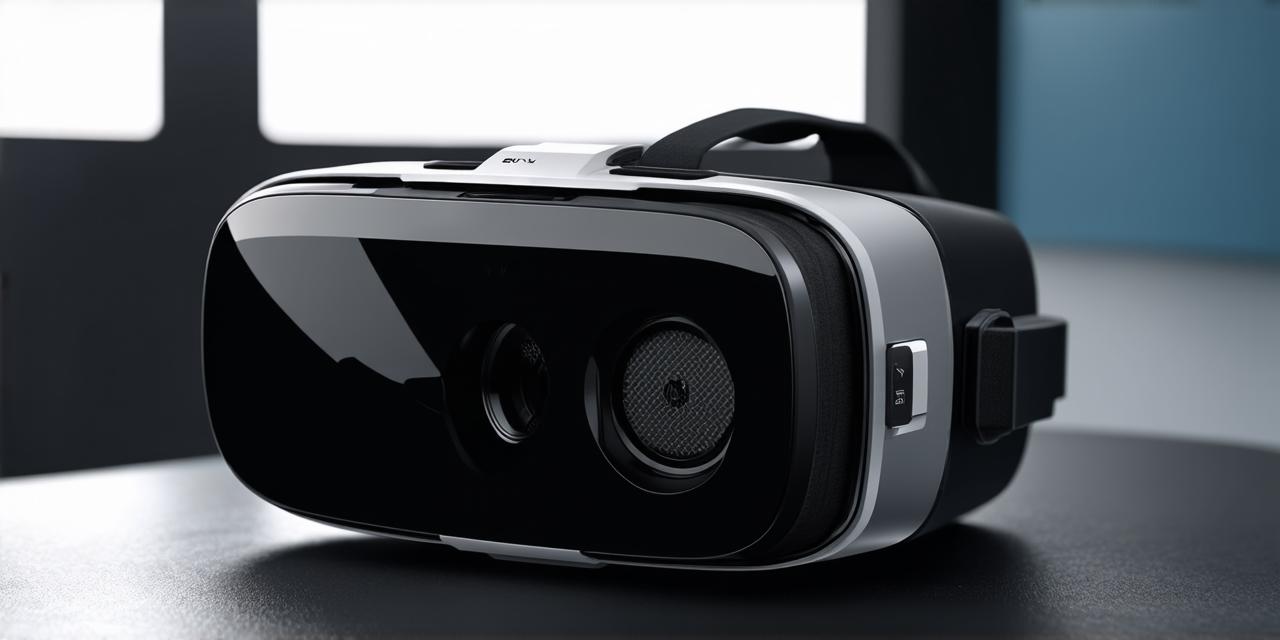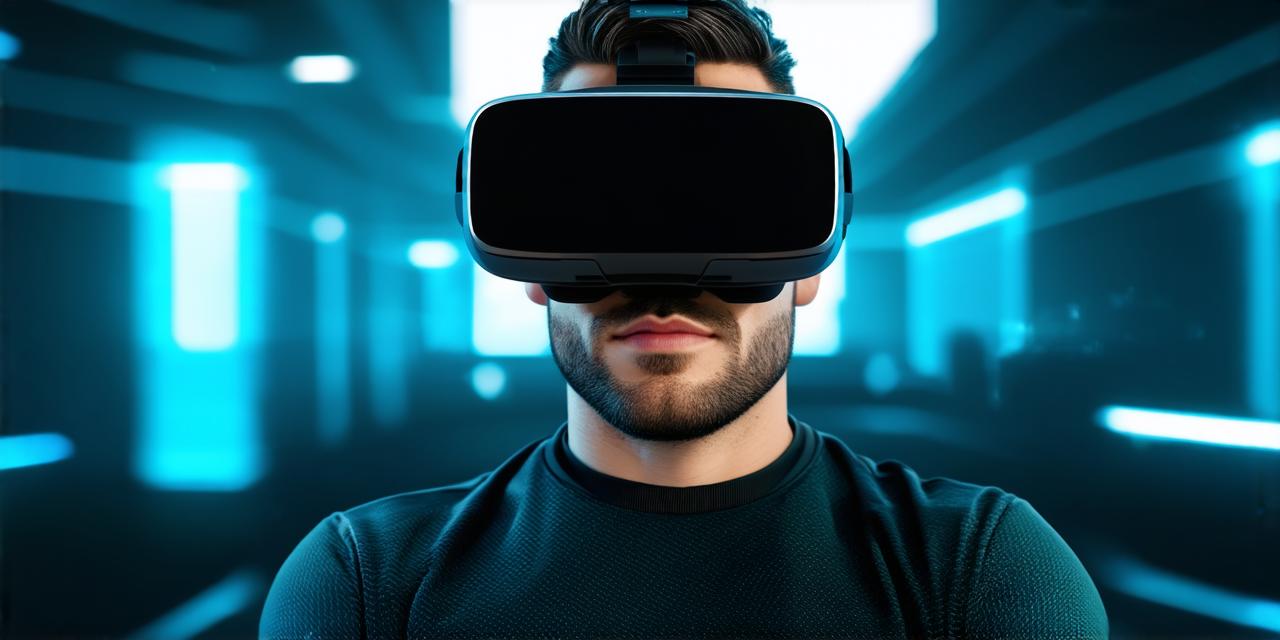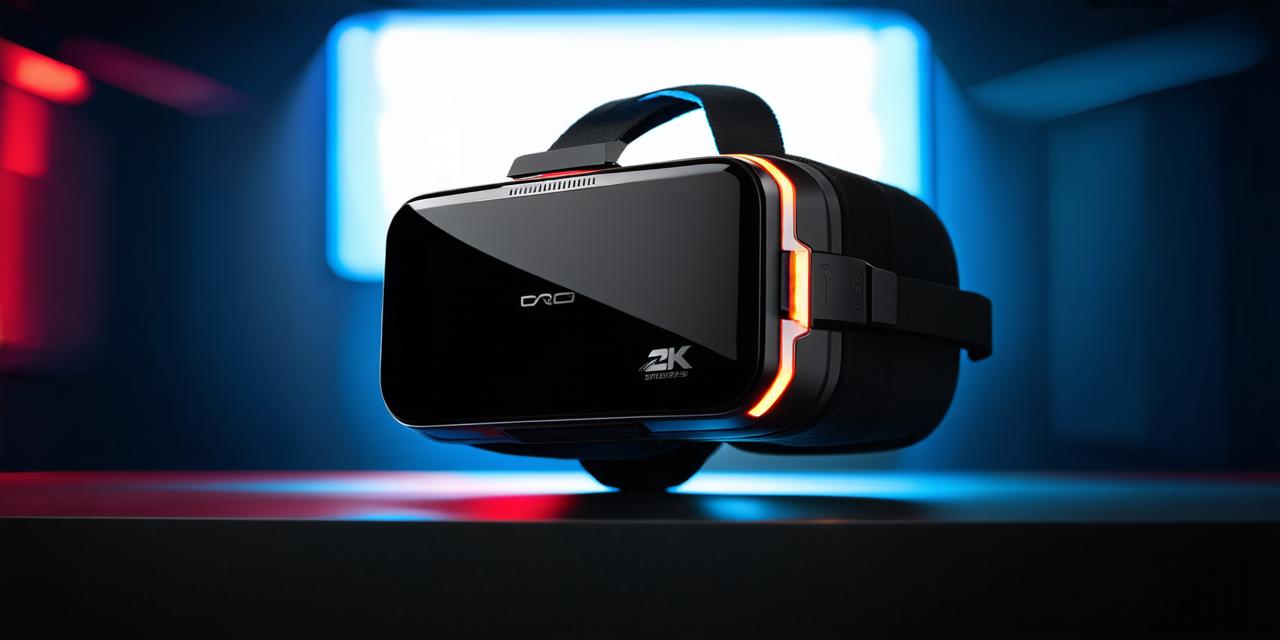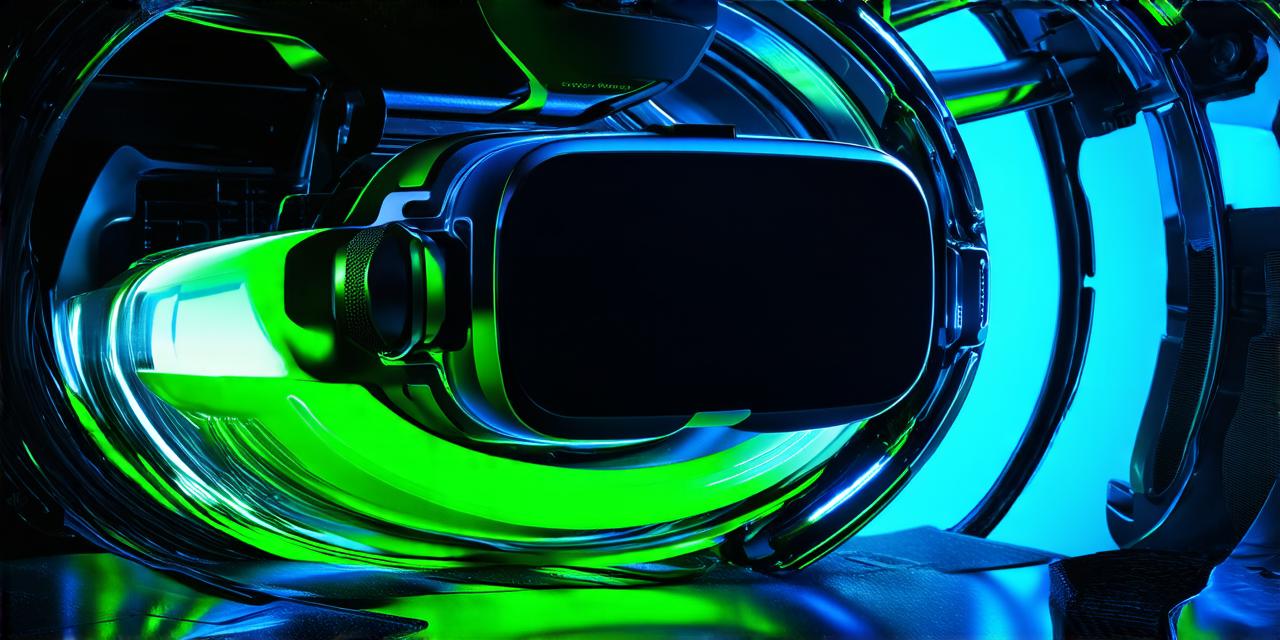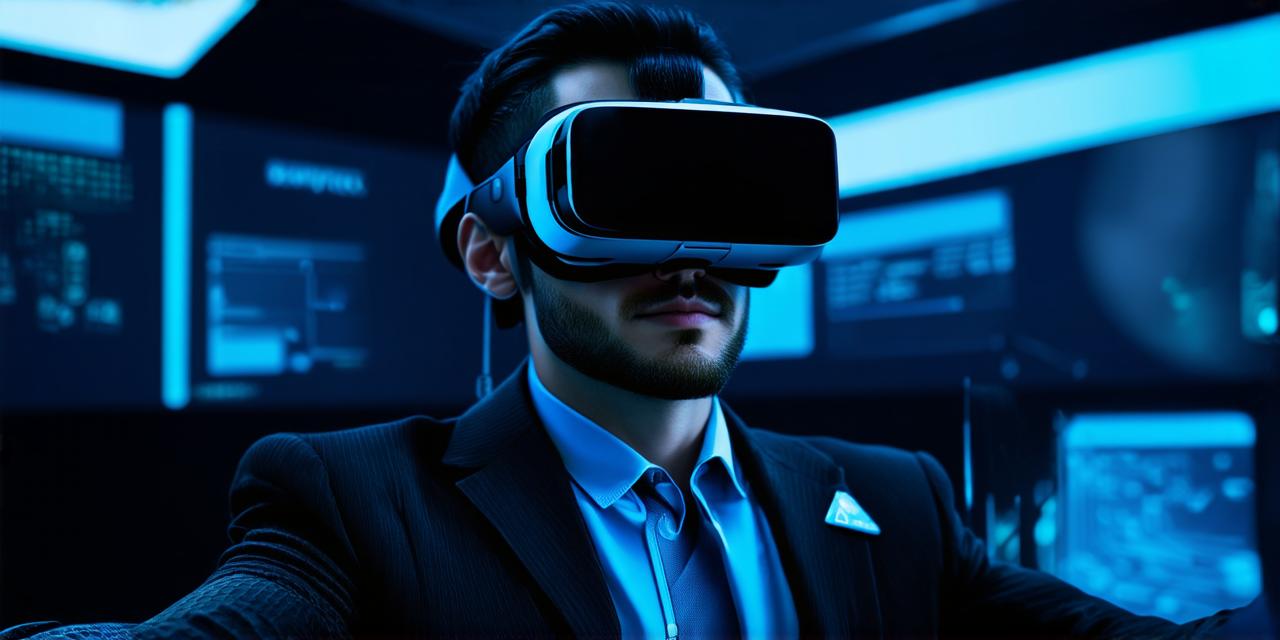The Importance of Comfort
One of the most important factors to consider when choosing a VR headset is comfort. AR developers spend long hours working with VR technology, and if they are uncomfortable, it can affect their productivity and overall experience.
A quality VR headset should be lightweight, well-ventilated, and have adjustable settings that allow users to customize the fit and position of the headset.
A good example of a comfortable VR headset is the Oculus Quest 2. It has a lightweight design, adjustable straps, and breathable materials that keep users cool even after extended use. Additionally, it features an ergonomic design that reduces pressure on the forehead and minimizes eye strain.
The Importance of Field of View
Field of view (FOV) is another important factor to consider when choosing a VR headset. FOV refers to the amount of digital content that users can see at any given time. A higher FOV provides a more immersive experience and enables users to interact with digital content more effectively.
However, a high FOV can also cause motion sickness, especially if the user is not used to it.
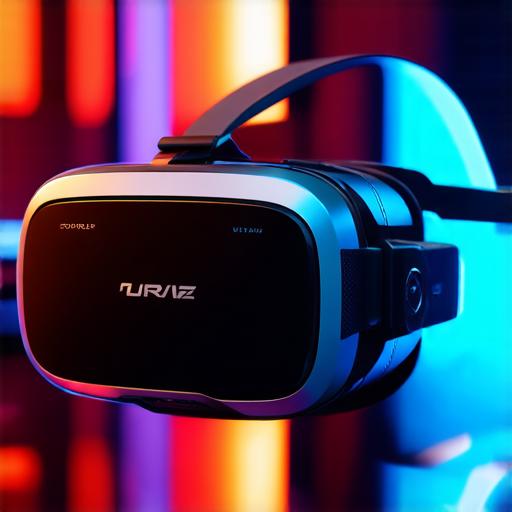
A good example of a VR headset with a high FOV is the HP Reverb G2. It has a field of view of 110 degrees and offers a highly immersive experience that transports users into different worlds. Additionally, it features advanced tracking technology that enables more precise movements and reduces motion sickness.
The Importance of Resolution
Resolution is an important factor to consider when choosing a VR headset, as it determines the quality of the digital content that users see. A higher resolution provides a clearer and more detailed image, which can improve the overall user experience.
However, a high resolution can also cause eye strain and motion sickness if not balanced with other factors such as FOV and refresh rate.
A good example of a VR headset with a high resolution is the HTC Vive Pro Eye. It has a resolution of 2160 x 2160 pixels per eye, which provides a highly detailed image that enhances the overall user experience. Additionally, it features advanced eye-tracking technology that enables more precise interactions with digital content.
The Importance of Refresh Rate
Refresh rate is another important factor to consider when choosing a VR headset, as it determines how quickly the digital content updates on the screen. A higher refresh rate provides smoother and more fluid movement, which can improve the overall user experience.
However, a high refresh rate can also cause motion sickness if not balanced with other factors such as FOV and resolution.
A good example of a VR headset with a high refresh rate is the PlayStation VR. It has a refresh rate of 120 Hz, which provides smooth and fluid movement that enhances the overall user experience. Additionally, it features advanced tracking technology that enables more precise movements and reduces motion sickness.
The Importance of Tracking Technology
Tracking technology is an important factor to consider when choosing a VR headset, as it determines how accurately users can interact with digital content. Advanced tracking technology enables more precise movements and reduces motion sickness, which can improve the overall user experience.
However, advanced tracking technology can also be more expensive and require more powerful hardware to run.
A good example of a VR headset with advanced tracking technology is the Samsung Gear VR Pro. It uses an advanced eye-tracking system that enables more precise interactions with digital content and reduces motion sickness. Additionally, it features a high resolution and refresh rate, which provides a highly immersive and detailed experience.
The Importance of Content Compatibility
Content compatibility is an important factor to consider when choosing a VR headset, as not all VR games and applications are compatible with all headsets. AR developers should ensure that the VR headset they choose is compatible with the content they plan to create or use. This can save time and effort in the long run and enable users to enjoy a wider range of content.
A good example of a VR headset with a wide range of compatible content is the Oculus Quest 2. It supports a wide range of games, applications, and experiences, making it an ideal choice for AR developers who want to create or use a variety of content. Additionally, it features advanced tracking technology that enables more precise movements and reduces motion sickness.
The Importance of Cost
Cost is an important factor to consider when choosing a VR headset, as not all headsets are affordable or within everyone’s budget. AR developers should choose a VR headset that fits their budget while still providing the features they need for their work. Additionally, they should consider the long-term cost of maintaining and upgrading the headset, as some headsets require more powerful hardware to run and may need to be replaced or upgraded over time.
A good example of an affordable VR headset is the Samsung Gear VR Pro. It has advanced tracking technology and a high resolution, making it an ideal choice for AR developers who want a high-quality VR experience without breaking the bank. Additionally, it is compatible with a wide range of content, making it a versatile option for creators.
Summary
Choosing a quality VR headset is an important decision for AR developers. They should consider factors such as comfort, field of view, resolution, refresh rate, tracking technology, content compatibility, and cost when choosing a VR headset. By considering these factors, AR developers can choose a headset that meets their needs and provides the best possible experience for their work.
In conclusion, quality VR headsets are essential tools for AR developers. They provide an immersive and interactive experience that can transport users to different worlds and enable them to perform tasks that would otherwise be impossible or extremely difficult in real life. When choosing a VR headset, it is important to consider factors such as comfort, field of view, resolution, refresh rate, tracking technology, content compatibility, and cost.
